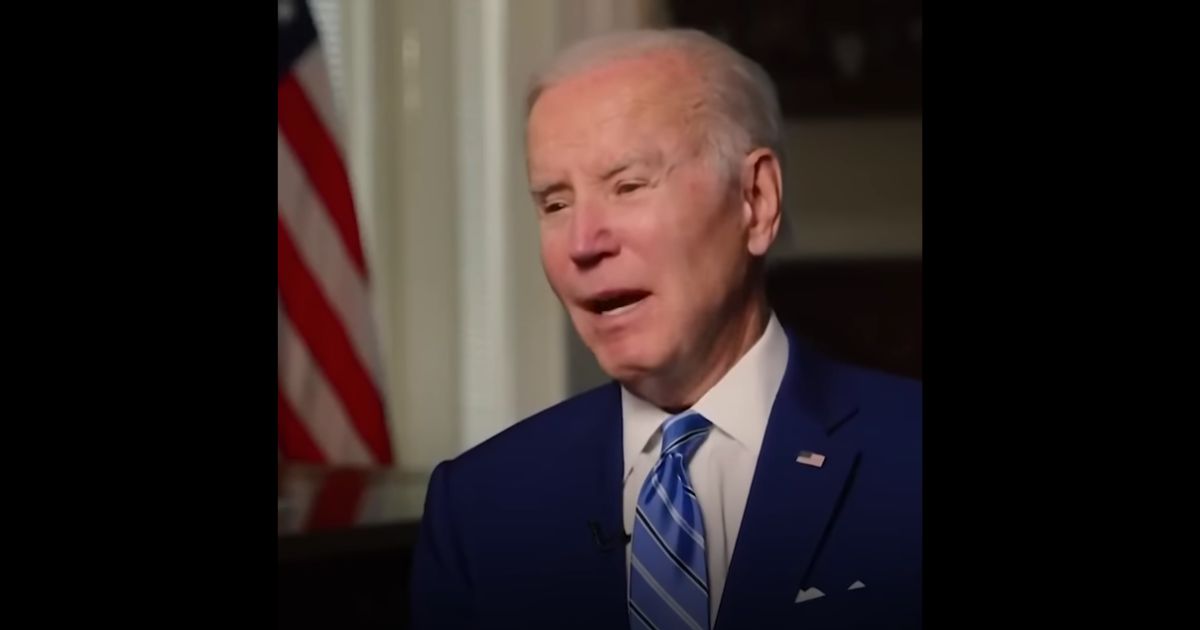The Progress Of U.S. Presidents On Unemployment Rates Since 1953
According to a recent analysis by 24/7 Wall St, President Joe Biden has presided over the strongest job market in nearly a century.
The study examined unemployment rates under various U.S. presidents since 1953, revealing that Biden's administration has seen the most significant improvement in employment figures in recent decades.
The analysis, published by 24/7 Wall St., ranked presidents based on average annual unemployment rates during their time in office. Biden emerged as the top performer, with an average annual unemployment rate of 4.2% during his presidency so far.
This figure ties with Lyndon B. Johnson's administration but surpasses it due to the rapid recovery and substantial decrease in unemployment numbers under Biden's tenure.
Under Trump, unemployment hit a low of 3.7% in 2019 before rising to 8.1% in 2020 due to the pandemic. Despite this, his overall job market performance during his first three years remains strong compared to other modern presidents.
The Relationship Between Presidential Tenure And Job Market Performance
The analysis uses data from the Bureau of Labor Statistics, charting average annual unemployment rates across various presidencies from 1953. This period captures the economic stewardship of many leaders, reflecting both their successes and challenges in managing the job market.
Unemployment rates during these terms have seen highs and lows, ranging from 8.1% to 4.1%, impacted by diverse factors from Federal Reserve policies to global crises. The complexity of these influences illustrates the challenging task presidents face in steering the national economy.
Particularly, transitions between administrations highlight the lasting influence of prior policies and the often immediate economic challenges faced by incoming presidents. Notably, if a president departed office between January and June, the unemployment figures from the previous calendar year were applied to their record, acknowledging the lag effect of economic policies.
Trump Era Saw Record Job Gains and Losses
The job market experienced a significant transformation during recent presidential tenures, particularly under Donald Trump. While his administration initially boasted historically low unemployment rates, the COVID-19 pandemic drastically altered this trajectory.
By the end of his term in 2020, unemployment had surged by nearly 6 million people compared to when he took office in 2017, with the pandemic largely to blame for propelling jobless rates to the highest levels in over 80 years.
Despite this spike, it's important to acknowledge that under Trump, the unemployment rate reached a low of 3.7% in 2019 before jumping to 8.1% in 2020.
Despite the pandemic's severe impact, Trump’s tenure still holds up well against many modern presidents, thanks to the robust job market performance during his first three years.
A Historical Perspective On Employment Under Clinton
Bill Clinton's era was particularly notable for consistent economic growth in terms of job creation. Beginning his first term with a 6.9% unemployment rate in 1993,
Clinton managed a steady decline in unemployment, reaching a low of 4.0% by the close of his presidency in 2000. His administration's focus on economic policies reflects a significant triumph in steadily reducing joblessness, emphasizing the impact of sustained policy focus over time.
This period of economic management under Clinton was famously encapsulated during the 1992 presidential race. James Carville, Clinton’s chief campaign strategist, solidified the campaign’s economic focus with the phrase, "It's the economy, stupid." This slogan emphasized the central role of the economy in political success and has since become a staple in political dialogues about electoral strategy.
Presidential Influence And Economic Outcomes
Every presidential term offers unique challenges and opportunities concerning the economy. The varied impacts of interest rates, geopolitical events, and global pandemics further complicate the economic landscape that presidents have to navigate. Understanding these dynamics is crucial for voters, especially in an election year.
The interplay between presidential policy, economic cycles, and external shocks offers a comprehensive view of the factors that influence unemployment rates. This understanding informs voter choices and shapes historical assessment of presidential efficacy in economic management.
Conclusion
The economic performance of U.S. presidents, particularly their handling of the job market, remains a pivotal factor in electoral politics. From Trump’s pandemic-induced spike in unemployment rates to Biden's rapid recovery and Clinton's consistent reduction in joblessness, these patterns significantly shape voter perception and election outcomes. Understanding these historical trends is paramount as voters evaluate candidates for the 2024 elections. The intricate dance between policy, global events, and economic outcomes continues to define presidential legacies and voter priorities alike.






